Part 6 of a series on rethinking science and technology for the 21st century
The story so far: We are facing an unprecedented confluence of three factors that are forcing us to rethink how we develop and use science and technology to the benefit of society. Coupling between our action’s and the Earth’s re-actions is more significant now than at any previous point in human history. Global Communications are dissolving previously rigid boundaries throughout society at a seemingly ever-increasing rate. And then there’s the third “C” – Control…
Not to put too fine a point on it, control is what science and technology are ultimately about. Science provides the tools for understanding how the world works; technology puts them to use. This is how it’s been for the past 10,000 years. So what’s different now? The answer is that we are finally getting down to being able to manipulate the basic building blocks of matter – atoms and molecules. Over the past 50 years we have made tremendous strides in being able to visualize and engineer materials at near-atomic scales. And by doing so we have opened the door to a vast array of technological advances that were the stuff of dreams just a few decades ago.
In the previous post in this series, I wrote about three defining features of nanoscale control – smallness, strangeness and sophistication. Here, I want to dwell a little more on the third of those – sophistication – as it is likely to underpin some of the more radical advances in science and technology over the next few years.
Over the past century, synthetic chemistry has changed the world. The ability to systematically combine atoms together to make new molecules has revolutionized the way we live – virtually everything we touch depends on synthesized chemicals in some way. Yet chemists are the first to admit that the number of chemicals that have so far been synthesized is minuscule compared to those just waiting to be discovered and made – although we appear to have had good control over the world of chemicals, we’ve only scratched the surface.
What if we had the tools to splice atoms and molecules together in new and innovative ways? What if we could go beyond text-book chemistry, and invent new molecules that behaved more like nanoscale machines? What if we could create systems of molecules that could self-replicate – just like biological systems, only better? All of these goals are coming within reach as scientists learn how to build new molecules atom by atom.
A particularly interesting example – more a proof of concept – comes from Professor Jim Tour’s lab at Rice University. Jim was interested in how some biological molecules carry out very physical tasks – like ferrying molecules from one place to another – and wondered whether totally artificial molecules could be invented that behaved in similar ways. The result was a molecule dubbed the nano car. Completely artificial, it consists of four “wheels” made of carbon-60 molecules, attached together with a chassis of organic molecules. What is significant is that the nano cars demonstrate thermally-induced directional motion on a surface – i.e. they are able in principle to ferry a payload of other molecules from point A to point B. Writing in Nanotechnology Law and Business in 2007, Tour noted:
The achievement with the nanocar was significant because it demonstrated for the first time structurally controlled directional movement on a surface due to rolling of the wheels rather than the common non-directional stick-slip motion of molecules on a substrate surface. The next goal of our project was to construct a nanomachine that can convert energy-inputs into controlled motion on a surface.
The nano car attempts to achieve something that occurs all the time in nature by painstakingly controlling how the various molecules that make it up are pieced together. But the example begs a question – if we can begin to replicate what living systems – DNA-based systems – do, through nanoscale control, how much more could be achieved by starting with DNA in the first place? The answer is – rather a lot.
One of the more interesting discoveries in biochemistry over the past several years has been that many molecules in living systems do their stuff on a physical as much as a chemical level. For instance, while the nano cars could potentially move molecules around on a surface, naturally occurring biological molecules exist that do this every day – nature has already evolved incredibly sophisticated systems that operate at the nanoscale. Knowing that natural “molecular motors” exist, scientists have been working hard to create their own biologically-based and biology-inspired motors.
One such motor is an autonomous “walker” designed and constructed by Andrew Tuberfield’s group at the University of Oxford. The molecule – which is DNA based – is designed to walk along a track constructed from DNA for as long as there is a supply of fuel – provided by a second set of engineered molecules. The idea is similar to that embodied in the nano car – an engineered molecule that mimics some of the features of living systems. But in this case the building blocks used – DNA-based molecules – allow a far more sophisticated device to be constructed. The walker consists of two asymmetric feet attached to a DNA track. Through random thermal motion, these feet are constantly lifting up from the track. However, because of the asymmetry of the molecule, the left foot is uniquely exposed to the surrounding environment when it becomes elevated. at this point, the researchers who designed the system engineered in two rather clever features. First, a purposely designed molecule – H1 in the diagram – attaches to the left foot and removes it from the track as the foot extents. The same cannot happen to the right foot because it is not accessible. Then, a second molecule – H2 – attaches to the H1-foot pair and removes the original H1 molecule, leaving just an unattached foot. At this point, one of two things can happen; the foot either attaches to the left. Or it re-attaches to the right. The probability of either happening is random. But as re-attaching to the left results in the molecule ending up exactly where it started, only re-attachment to the right ends up in the molecule taking a step – and the step is always in the same direction.
By using engineered biological parts and controlling their construction at the nanoscale, the researchers have created a molecule that can move along a predetermined track in a predetermined direction, for as long as track and fuel exist – a Brownian ratchet that converts random motion into directional movement. It may not seem a lot, but it is a tremendous step towards building nanoscale systems that begin to match what biology already does.
But this research raises a yet more intriguing question: If we can use biological parts to make non-biological motors through nanoscale engineering, can we get into the very workings of biology itself? Biology, after all, is built on nanoscale processes – from DNA to the proteins it encodes for. If we could control biology at the atomic and molecular level (and do it well), it would quite possibly one of the most transformative technological moves since the advent of agriculture.
Thirty years ago, the notion of controlling the code of life itself would have been laughable. Now it seems within reach.
Over the past few years, the ease with which genetic code can be sequenced has plummeted. It took 13 years for teams of scientists around the globe to first read the human genome – completing the project in 2001. In 2007, it took 2 months to sequence the genome of DNA-co-discoverer James Watson. And by 2013 it is likely that your personal genome could be read in the time it takes to boil an egg.
Of course, sequencing just reads the information – it doesn’t tell you how to use it. But here’s the important thing – sequencing genomes transforms the information from the physical domain to the digital domain, where it can be experimented with and engineered in new ways. While restricted to the physical world, there were always going to be limitations to how effectively we manipulated and controlled genetic material. In the digital domain, those limitations are gone. Cheap affordable sequencing is ushering in the age of digital biology.
However, playing around with genetic information on computers would be little more than a novelty if it weren’t for one further advance – the plummeting cost of DNA synthesis. This completes the loop between the physical and digital worlds. Now, once you have uploaded your genome into the computer and digitally enhanced it, the technology exists – or soon will – to download the new genome back into reality. It’s a technology that promises to enable an incredibly sophisticated level of genetic engineering. It allows brand new genetic code to be written on the computer, tested out in virtual space, then downloaded back into an organism. It even allows brand new organisms to be designed and created from scratch.
This possibility was pushed home last year when Craig Venter’s team synthesized the genome of a bacterium – Mycobacterium genitalium – from scratch. The team has yet to insert the synthesized DNA into a cell, and thus achieve – in effect – the creation of life form laboratory chemicals. But it seems only a matter of time before this is achieved.
We’re not quite there yet with the technology that will allow us to manipulate biology at the nanoscale. But it’s coming. And when it does, the level of control we have had over matter for the past ten centuries will seem like child’s play.
Throw this level of potential control into the mix with the other two “C’s,” and you have all the ingredients for a step-change in what we can do, and what the consequences are – for good and for bad.
Next time: Confluence: Where communication, coupling and control collide.
Notes
Rethinking science and technology for the 21st century is a series of blogs drawing on a recent lecture given at the James Martin School in Oxford. This is a bit of an experiment—the serialization of a lecture, and a prelude to a more formal academic paper. But hopefully it will be both interesting and useful. I’ll be posting a “rethinking science and technology” blog every week or so, interspersed with the usual eclectic mix of stuff you’ve come to expect from 2020science.
Previously: Control at the nanoscale: Smallness, strangeness and sophistication.
Next: Confluence: Where communication, coupling and control collide.


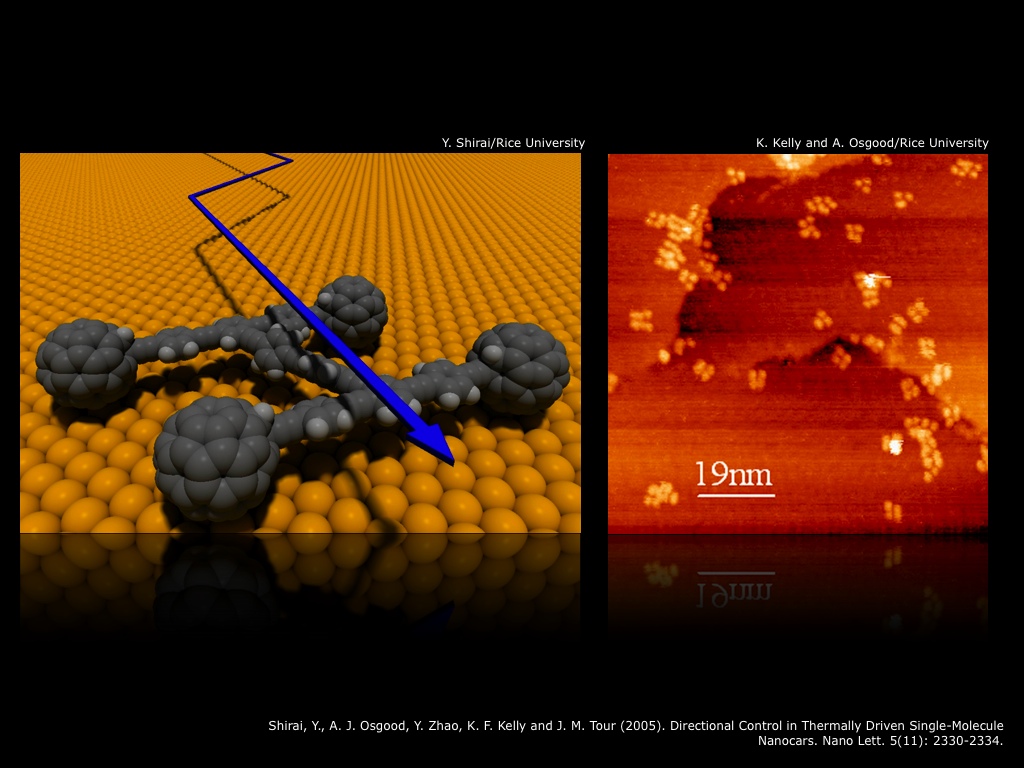
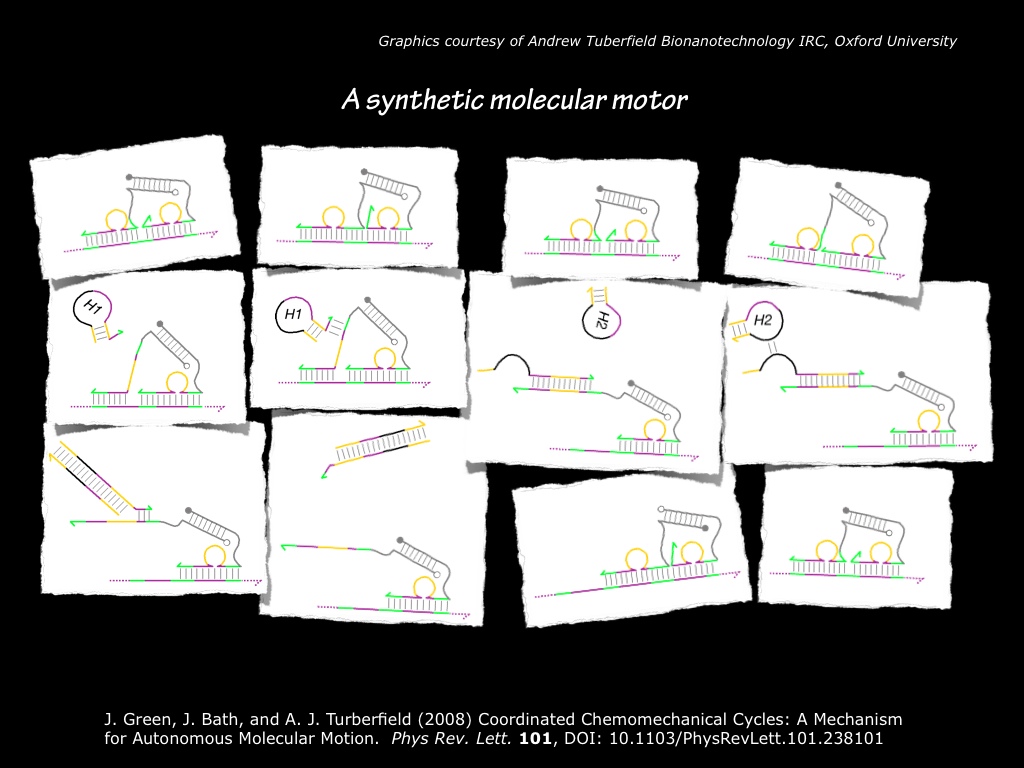
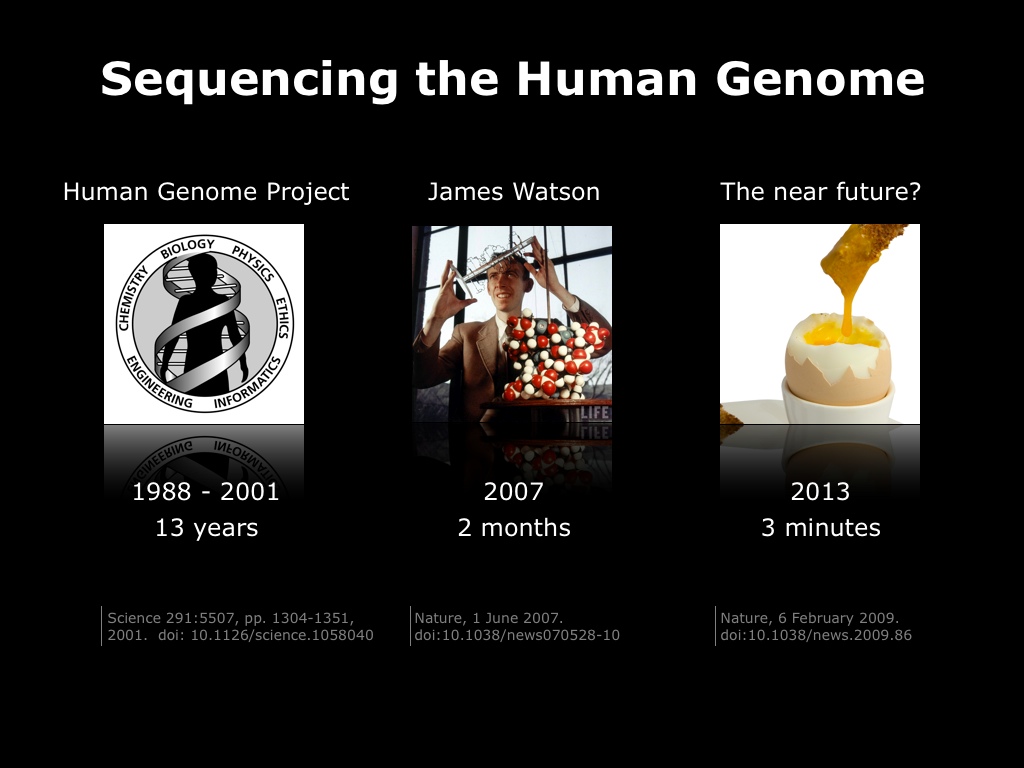
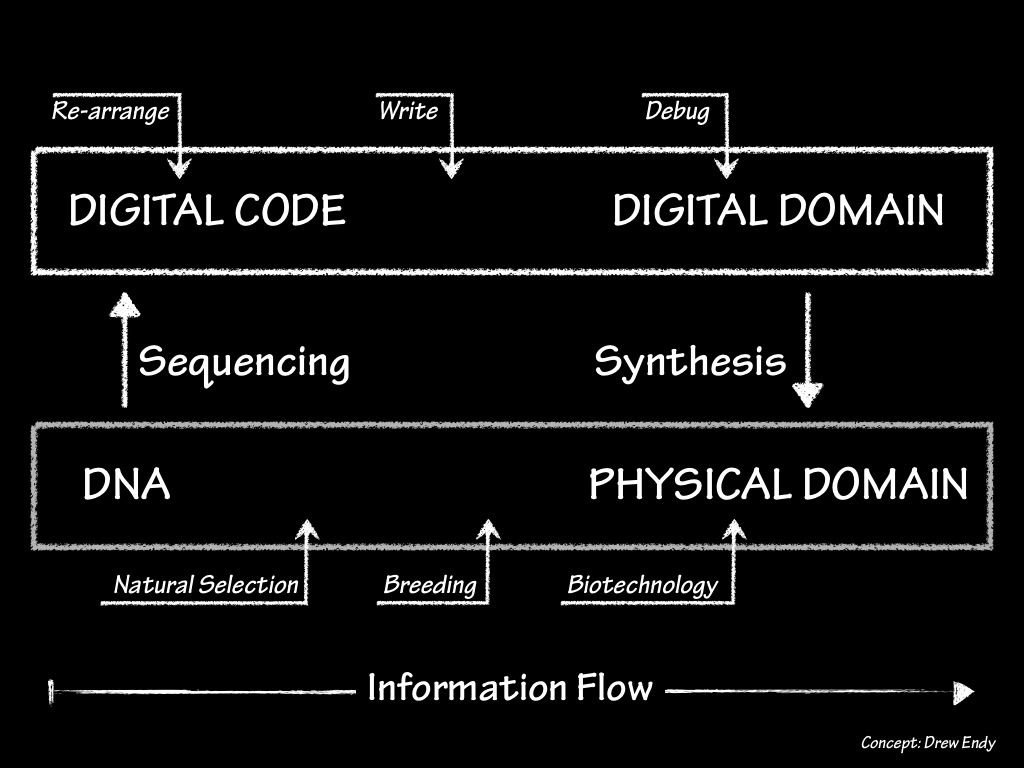
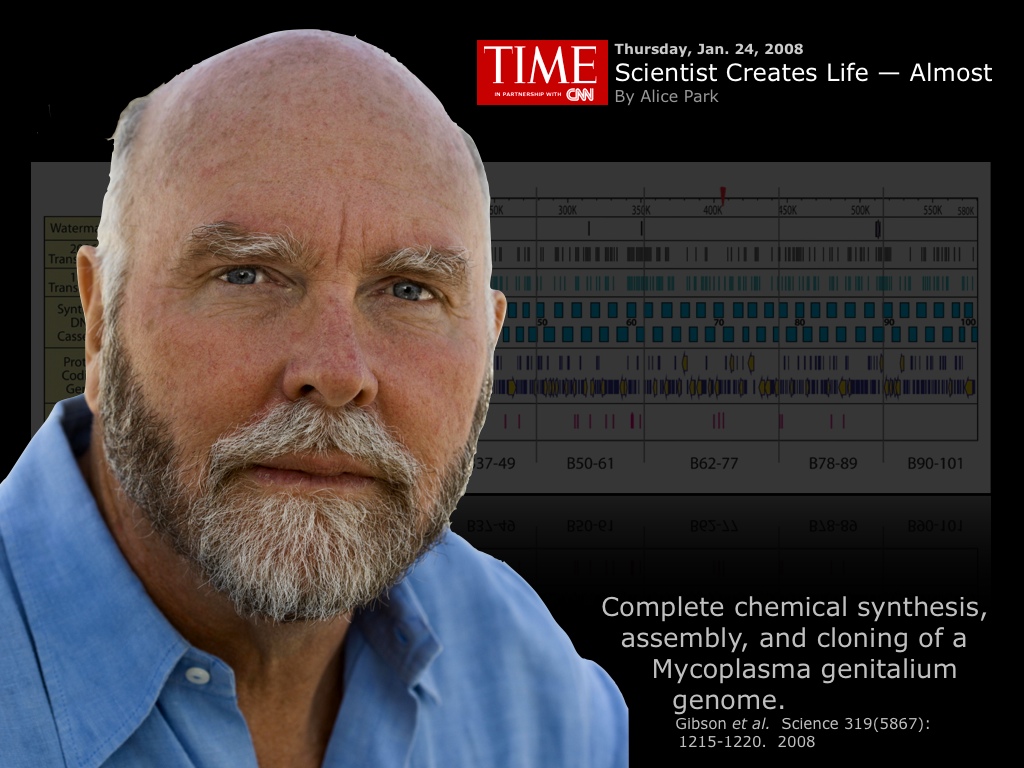
Technology and science change so quickly. There is always something new and emerging in the industry.
Shannon
nugentec